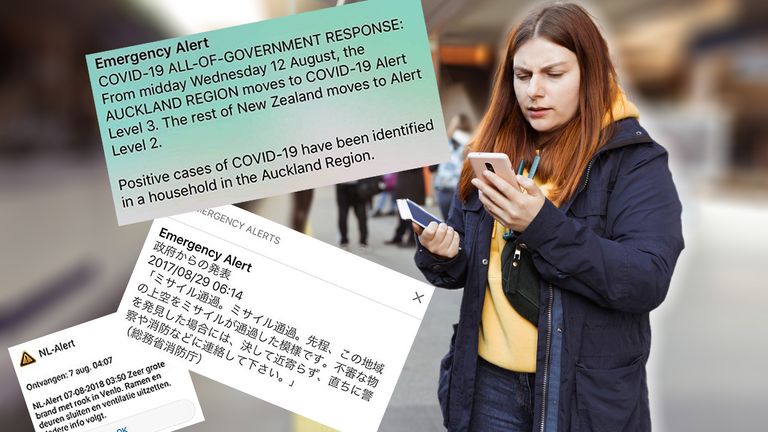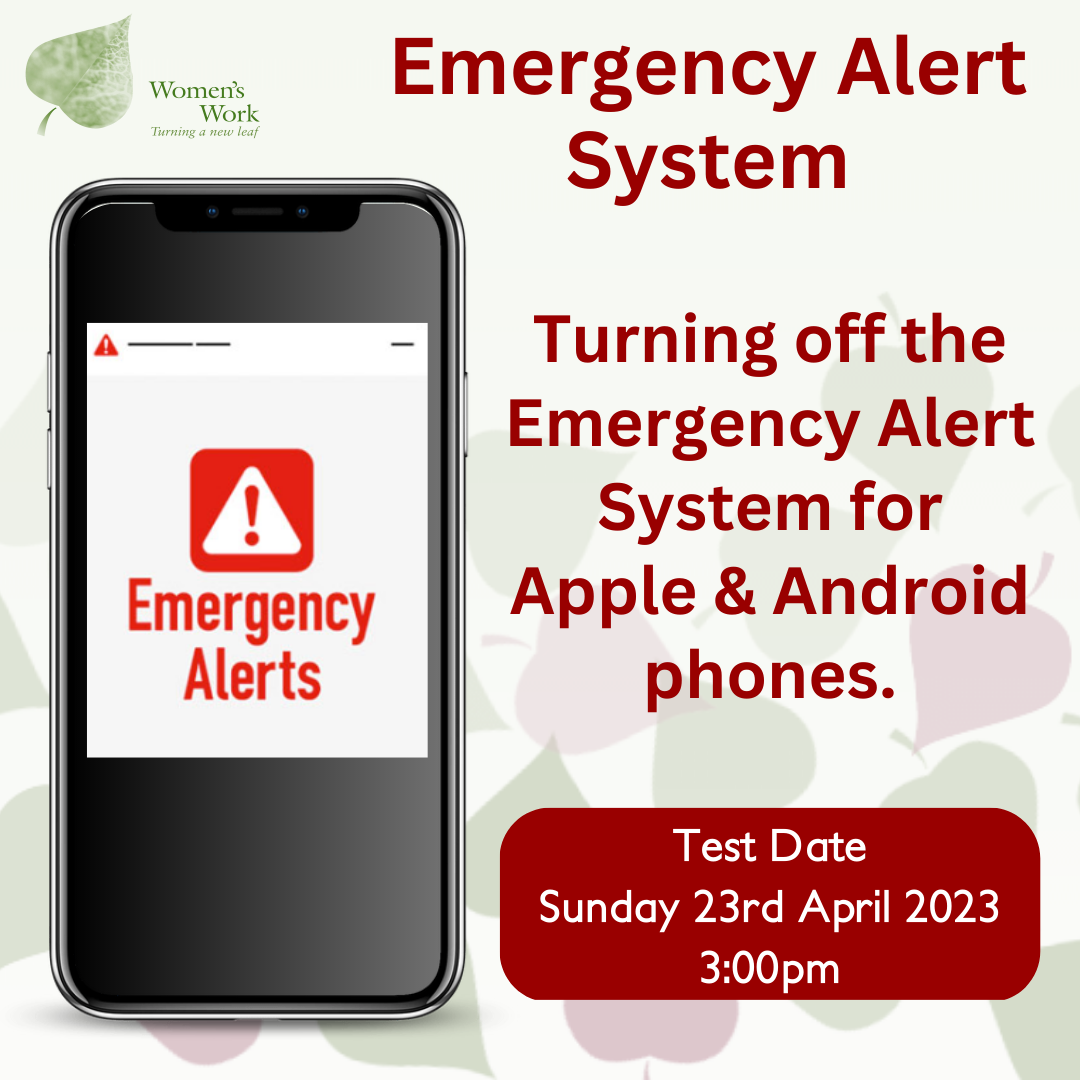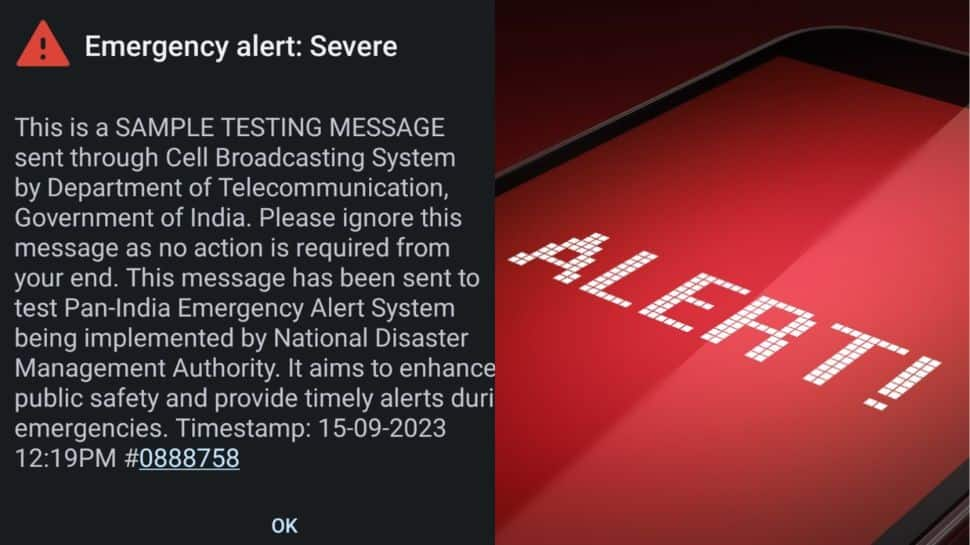In today's world, emergencies can happen at any time, and being prepared is crucial to ensuring the safety of individuals and communities. One of the most effective ways to stay informed and prepared is through emergency alerts from
Ready.gov, a website provided by the U.S. Department of Homeland Security. In this article, we will explore the importance of emergency alerts, how they work, and how you can stay informed and prepared for emergencies.
What are Emergency Alerts?
Emergency alerts are messages sent to the public during emergency situations, such as natural disasters, severe weather, or other life-threatening events. These alerts provide critical information, such as evacuation instructions, shelter locations, and other essential details to help individuals stay safe. Ready.gov offers a range of emergency alerts, including:
National Emergency Alert System (EAS): A public warning system that broadcasts alerts on television and radio stations.
Wireless Emergency Alerts (WEA): Messages sent to mobile devices, such as cell phones and tablets.
Emergency Management Agency (EMA) alerts: Alerts sent by local emergency management agencies to inform the public of emergency situations.
How Do Emergency Alerts Work?
Emergency alerts are sent through various channels, including:
Cell phones: WEA messages are sent to mobile devices, providing critical information and instructions.
TV and radio: EAS messages are broadcast on television and radio stations, reaching a wide audience.
Internet: Emergency alerts can be accessed online through Ready.gov and other websites.
Social media: Emergency alerts can be shared on social media platforms, such as Twitter and Facebook.
Why are Emergency Alerts Important?
Emergency alerts are crucial in keeping individuals and communities safe during emergency situations. They provide:
Timely information: Emergency alerts provide critical information, such as evacuation instructions and shelter locations, to help individuals stay safe.
Increased awareness: Emergency alerts raise awareness of potential threats, allowing individuals to take necessary precautions.
Improved response: Emergency alerts enable emergency responders to respond quickly and effectively to emergencies.
How to Stay Informed and Prepared
To stay informed and prepared for emergencies, follow these steps:
Sign up for emergency alerts: Register for emergency alerts from Ready.gov and your local emergency management agency.
Stay informed: Stay up-to-date with the latest news and information on emergency situations.
Have a plan: Develop a family emergency plan, including a communication plan and evacuation route.
Stay safe: Follow instructions from emergency alerts and take necessary precautions to stay safe.
In conclusion, emergency alerts from Ready.gov are a vital tool in keeping individuals and communities safe during emergency situations. By understanding how emergency alerts work and staying informed and prepared, you can help ensure your safety and the safety of those around you. Remember to sign up for emergency alerts, stay informed, have a plan, and stay safe. Visit
Ready.gov today to learn more about emergency alerts and how to prepare for emergencies.
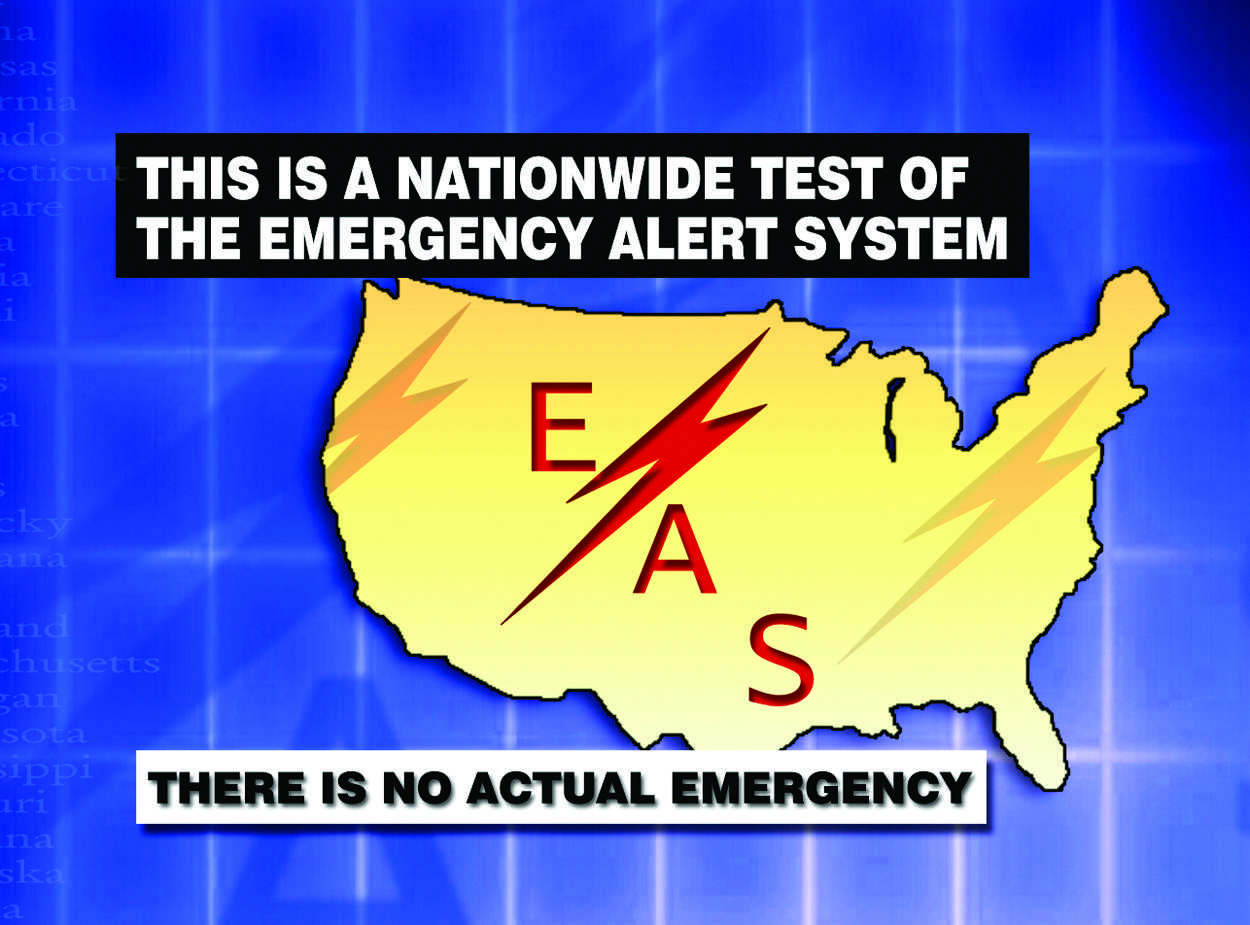
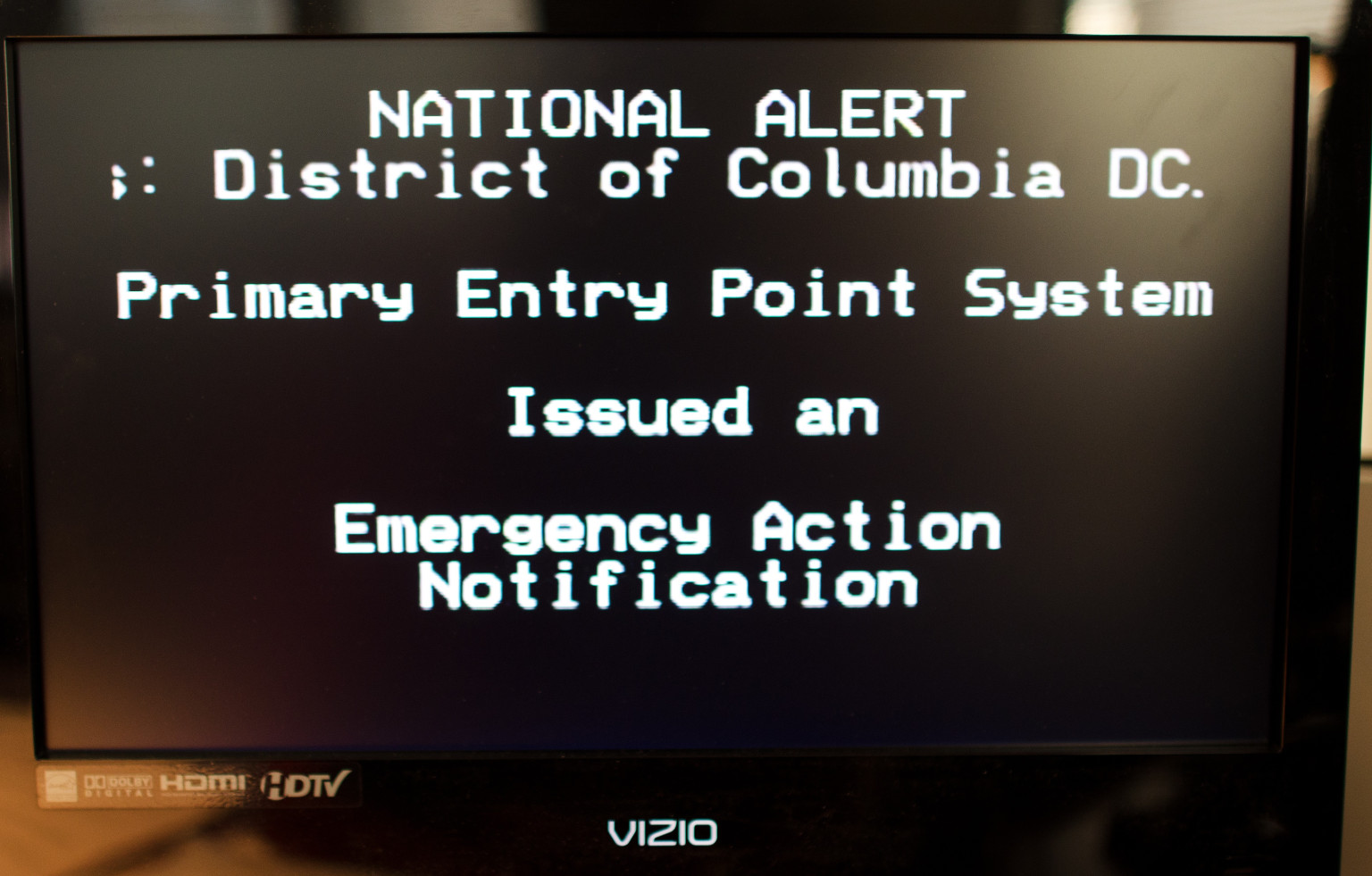



/cdn.vox-cdn.com/uploads/chorus_image/image/50931245/d77c31339c88e07cb8c0d05f4f51a6d0.0.jpg)
